M
I
C
R
O
S
T
O
R
Y
O
F
A
R
T
........................................................
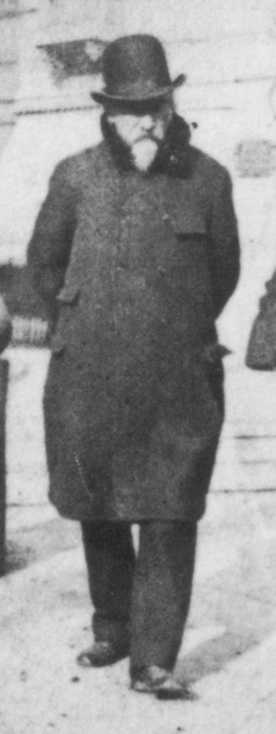
NOW COMPLETED:
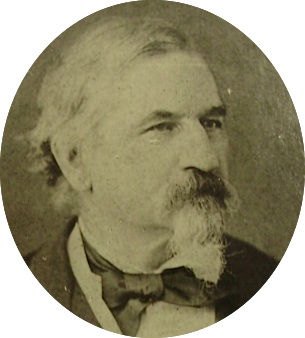
........................................................
MICROSTORY OF ART
ONLINE JOURNAL FOR ART, CONNOISSEURSHIP
AND CULTURAL JOURNALISM
........................................................
INDEX | PINBOARD | MICROSTORIES |
FEATURES | SPECIAL EDITIONS |
HISTORY AND THEORY OF ATTRIBUTION |
ETHNOGRAPHY OF CONNOISSEURSHIP |
SEARCH
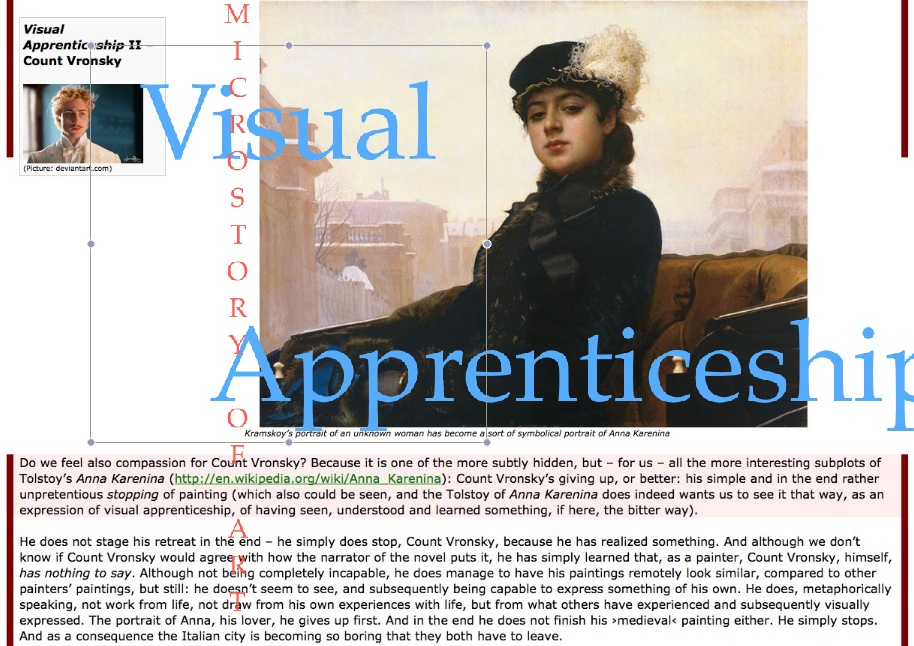
........................................................

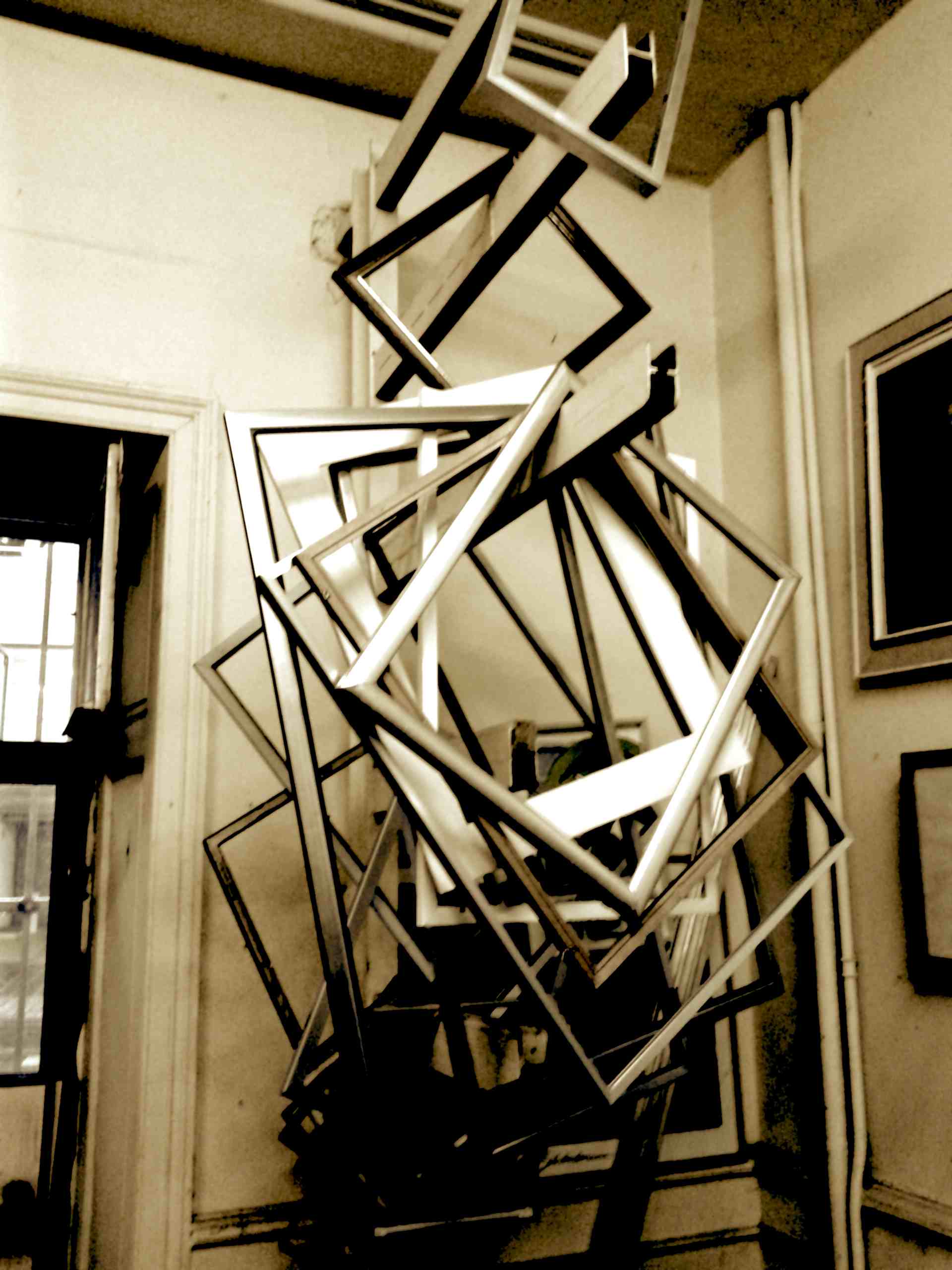
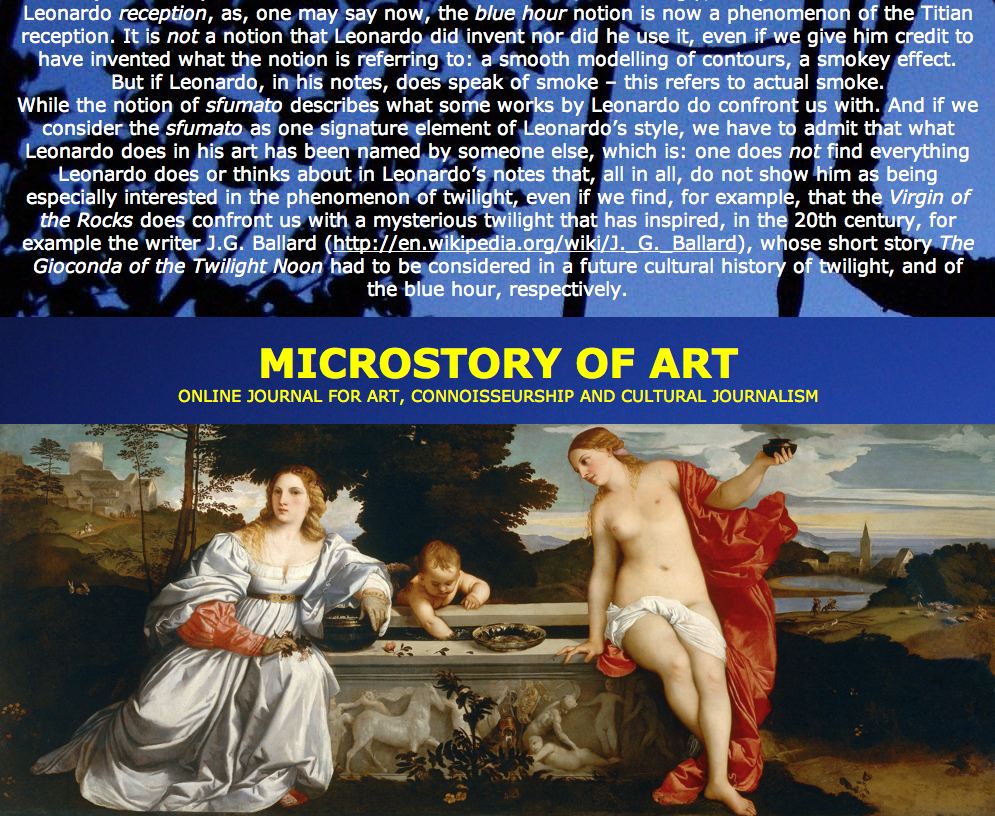
 >MICROSTORIES
>MICROSTORIES
- Richard Serra
- Martin Scorsese
- Claude Simon
- Sunshine
- Werner Herzog
- The Creation
- Marcel Duchamp
- Nino Rota
- Wölfflin and Woolf
- Hansjörg Schneider
- Kraftort Arkadien
- Visual Biography
- Schlaraffenleben
- Die Geisteswissenschaften
- The Voyeur
- Buzzword Sustainability
- Paul Verlaine
- Tao Yuanming
- New Beginning
- Seneca
- Still Lifes
- Charles Baudelaire
- Frédéric Chopin
- The Art History of Sustainability
- Wang Wei
- Solarpunk
- Historians of Light
- Lepanto
- Renaturalization
- Plates
- Snow in Provence
- Learning to See
- Picasso Dictionaries
- Peach Blossom Spring
- Picasso Tourism
- Tipping Points
- Sviatoslav Richter
- Weather Reports
- Treasure Hunt
- Another Snowscape in Picasso
- Picasso in 2023
- Dragon Veins
- The Gloomy Day
- The Art of the Pentimento
- Reforestation
- The Status of Painting
- Emergency Supply
- Punctuality
- Watching Traffic
- Zhong Kui
- How Painting Survived the 1990s
- Confirmation Bias
- Sustainability and Luxury
- Garage Bands
- Picasso and Artificial Intelligence
- Eyes of Tomorrow
- Picasso in 2023 2
- Gluing Oneself to Something
- Suburbia
- Bamboo
- Sustainability and Carpe Diem 1
- Interviews with Bruegel
- Sustainability and Carpe Diem 2
- Coffee & Sugar
- Bamboo 2
- Picasso in 2023 3
- Sustainability and Carpe Diem 3
- Cherry Orchard
- Old Magazines
- Chance
- Nick Drake
- Harlequin
- The Smartphone & the Art Book
- Atlas Syndrome
- The Kitchen
- Atlas Syndrome 2
- Consideration
- Tori Amos
- School
- Orchard Auctioning Day
- The Hundred Years’ War
- Sócrates
- Chameleon
- Nefertiti Bust
- Picasso as a Computer
- Sunflowers
- Philemon & Baucis
- Ode to the Radio
- Childhood
- Wimmelbild
- Restitution
- Nick Drake 2
- Wishful Thinking
- Sundays
- The Independent Scholar
- September
- The Fisherman by Pirosmani
- Microadventure
- Sociology
- Salvator Mundi
- Chillon
- Appassionata
- Amber
- Homer
- Berlin
- Planet Walk
- Improvisation
- Seeing Picasso
- These Nice Kids
- Robber
- The One
- The Sea Turtle
- Zoo
- Through the Hush
- Wunderkammer
- I Do Not Seek, I Find
- Shopping Mall
- Food Hamper
- The Secretary
- This Gate
- Nor Rainy Day
- House on a Hill
- Beautiful Island
- Second-hand Bookstore
- Flat
- Slap in the Face
- Serra, Wenkenpark
- Apologies
- The Bells
- Nordmann Fir
- Picasso Wanting To Be Poor
- Picasso, Pirosmani
- A Brief History of Sculpture
- 24 Sunsets
- Rusty Phoenix
- Glove
- Wintry Stanza
- A Song
- Like A Beatle
- Catching An Orange
- Solar Bees
- Permaculture

 >FEATURES
>FEATURES
- Van Gogh On Connoisseurship
- Two Museum’s Men
- Ende Pintrix and the City in Flames
- Titian, Leonardo and the Blue Hour
- The Man with the Golden Helmet: a documentation
- Un Jury d’admission à l’expertise
- Learning to See in Hitler’s Munich
- Leonardo da Vinci and Switzerland
- The Blue Hour Continued
- The Blue Hour in Louis Malle
- Kafka in the Blue Hour
- Blue Matisse
- Blue Hours of Hamburg and LA
- A Brief History of the Cranberry
- The Other Liberale in the House
- The Blue Hour in Raphael
- Who Did Invent the Blue Hour?
- Monet on Sustainability
- Velázquez and Sustainability
- The Blue Hour in Guillaume Apollinaire
- Van Gogh on Sustainability
- The Blue Hour in Marcel Proust
- Picasso and Sustainability
- The Contemporary Blue Hour
- The Blue Hour in 1492
- The Blue Hour in Hopper and Rothko
- Hopper and Sustainability
- The Blue Hour in Ecotopia
- The Hour Blue in Joan Mitchell
- Explaining the Twilight
- The Twilight of Thaw
- The Blue Hour in Pierre Bonnard
- Explaining the Twilight 2
- Picasso on Stalin
- Rubens on Sustainability
- The Salvator Mundi in Bruegel and Rubens
- The Blue Hour in Leonardo da Vinci and Poussin
- The Blue Hour in Rimbaud
- Faking the Dawn
- Frost and Thaw in Ilya Ehrenburg
- Picasso, Stalin, Beria
- Picasso, Solzhenitsyn and the Gulag
- Shostakovich on Picasso
- Hélène Parmelin in 1956
- Historians of Picasso Blue
- Picasso Travelling to Moscow 1
- The Blue Hour in Caravaggio
- Picasso Travelling to Moscow 2
- Picasso, the Knife Game and the Unsettling in Art
- Some Notes on Leonardo da Vinci and Slavery
- Picasso Moving to the Swiss Goldcoast
- The Blue Hour in Camus
- The Blue Hour in Symbolism and Surrealism
- Caspar David Friedrich in His Element
- Exhibiting the Northern Light
- Caspar David Friedrich in His Element 2
- Robert Schumann and the History of the Nocturne
- The Blue Hour in Robert Schumann
- Caspar David Friedrich and Sustainability
- The Twilight of Thaw 2
- Multicultural Twilight
- The Blue Hour in Anton Chekhov
- The Blue Hour in Medieval Art
- Twilight Photography
- The Blue Hour in Bob Dylan
- Iconography of Optimism

 >SPECIAL EDITIONS
>SPECIAL EDITIONS
- Visions of Cosmopolis
- Mona Lisa Landscapes
- Turner and Ruskin at Rheinfelden
- Painters On TV & On TV
- Spazzacamini in Art
- A Last Glance at Le Jardin de Daubigny
- The Experimental Cicerone
- A Dictionary of Imaginary Art Historical Works
- Iconography of Blogging
- Begegnung auf dem Münsterplatz
- Cecom
- Das Projekt Visual Apprenticeship
- Those Who See More
- A Fox on Seeing with the Heart
- Sammlung Werner Weisbach
- Daubigny Revisited
- Some Salvator Mundi Microstories
- Some Salvator Mundi Afterthougths
- Some Salvator Mundi Variations
- Some Salvator Mundi Revisions
- A Salvator Mundi Questionnaire
- A Salvator Mundi Puzzle
- Unknown Melzi
- Francis I and the Crown of Charlemagne
- From Amboise to Fontainebleau
- Drones Above Chambord
- Looking Back At Conques
- Flaubert At Fontainebleau
- Images of Imperial Ideology
- The Chronicles of Santa Maria delle Grazie
- Seeing Right Through Someone
- Melzi the Secretary
- Eying Glass
- A Foil to the Mona Lisa
- A Renaissance of the Cartoon
- Sketching a Family Tree
- Venetian Variations
- A Brief History of Digital Restoring
- A Consortium of Painters
- Leonardeschi and Landscape
- A Christ in Profile
- Learning to See in Spanish Milan
- A History of Gestures
- Leonardo and Josquin
- A Renaissance of the Hybrid
- Suida and Heydenreich
- The Watershed
- Three Veils
- From Beginning to End
- Connoisseurship of AI
- Twilight and Enlightenment
- The Blue Hour in Chinese Painting
- Dusk and Dawn at La Californie
- Iconography of Sustainability
- The Blue Hour in Goethe and Stendhal
- The Sky in Verlaine
- The Blue Hour in Paul Klee
- Iconography of Sustainability 2
- The Blue Hour in Charles Baudelaire
- From Bruegel to Solarpunk
- Some Salvator Mundi Documentaries
- Some More Salvator Mundi Monkey Business
- The Windsor Sleeve
- Brigitte Bardot’s Encounter with Picasso
- Art Historians and Historians
- A Salvator Mundi Chronicle
- The Salvator Mundi and the French Revolution
- The Fontainebleau Group
- The Encounter of Harry Truman with Pablo Picasso
- The Fontainebleau Group Continued
- The Windsor Sleeve Continued
- The Salvator Mundi in Early Netherlandish Painting 1
- Some Salvator Mundi Resources
- A New Salvator Mundi Questionnaire
- The Woman in Picasso
- The Yarborough Group
- Melzi, Figino and the Mona Lisa
- The Yarborough Group Continued
- A Salvator Mundi Global History
- The Salvator Mundi in Medieval Art
- The Salvator Mundi in Medieval Art 2
- The Salvator Mundi in Early Netherlandish Painting 2


 >HISTORY AND THEORY OF ATTRIBUTION
>HISTORY AND THEORY OF ATTRIBUTION
- The Mysterious »Donna Laura Minghetti-Leonardo«
- Assorted Demons of Connoisseurship
- Panofsky Meets Morelli
- Discovering the Eye of Sherlock Holmes
- Handling the Left-handed Hatchings Argument
- Visual History of Connoisseurship
- Alexander Perrig
- Connoisseurship in 2666
- What Postmodernity Has Done to Connoisseurship
- Dividing Four Fab Hands
- A Leonardesque Ambassador
- Test Cases in Connoisseurship
- A Raphael Expertise
- How to Tell Titian from Giorgione
- Louise Richter
- The Unique Property in the History of Connoisseurship
- An Expertise by Berenson
- The Book of Expertises
- An Album of Expertises
- An Expertise by Friedländer
- A Salvator Mundi Provenance
- How to Tell Leonardo from Luini
- An Expertise by Crowe and Cavalcaselle
- An Expertise by Bayersdorfer
- An Expertise by Hermann Voss
- An Expertise by Hofstede de Groot
- Leonardeschi Gold Rush
- An Unknown »Vermeer«
- An Expertise by Roberto Longhi
- An Expertise by Federico Zeri
- A Salvator Mundi Geography
- A Salvator Mundi Atlas
- The Bias of Superficiality
- 32 Ways of Looking at a Puzzle
- James Cahill versus Zhang Daqian
- Five Fallacies in Attribution
- On Why Art History Cannot Be Outsourced to Art Dealers
- On Why Artificial Intelligence Has No Place in Connoisseurship
- Salvator Mundi Scholarship in 2016
- Leonardo da Vinci at the Courts
- The Story of the Lost Axe
- The Last Bruegel
- A Titian Questionnaire
- On Where and Why the Salvator Mundi Authentication Did Fail
- The Problem of Deattribution

 >ETHNOGRAPHY OF CONNOISSEURSHIP
>ETHNOGRAPHY OF CONNOISSEURSHIP
MICROSTORY OF ART
ONLINE JOURNAL FOR ART, CONNOISSEURSHIP
AND CULTURAL JOURNALISM
........................................................
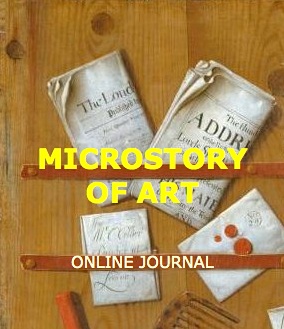
***
ARCHIVE AND FURTHER PROJECTS
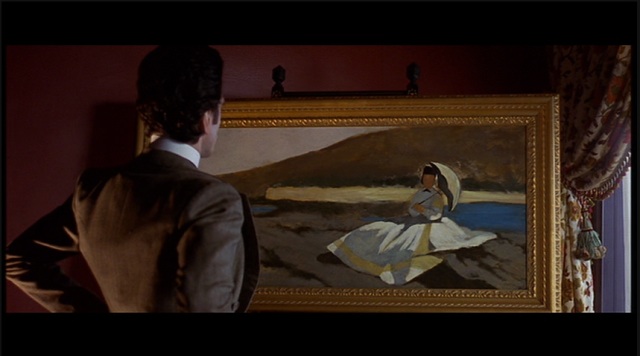
1) PRINT


***
2) E-PRODUCTIONS
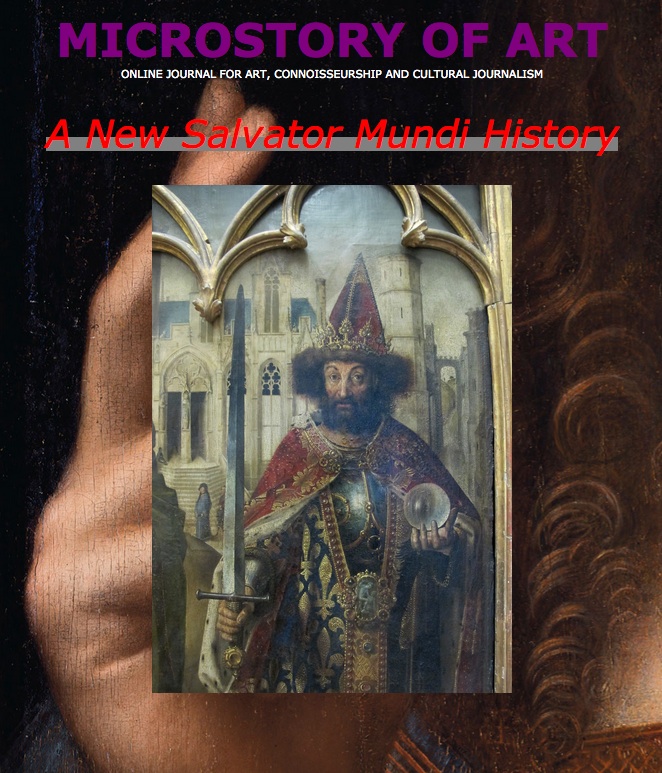
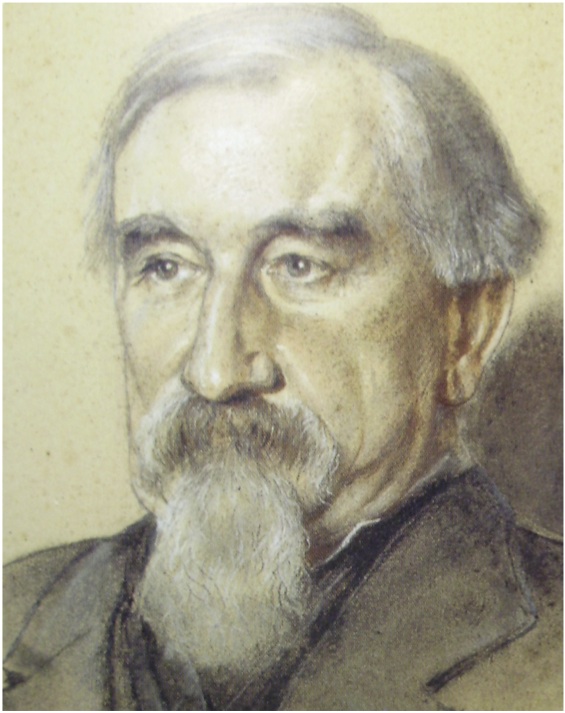
........................................................
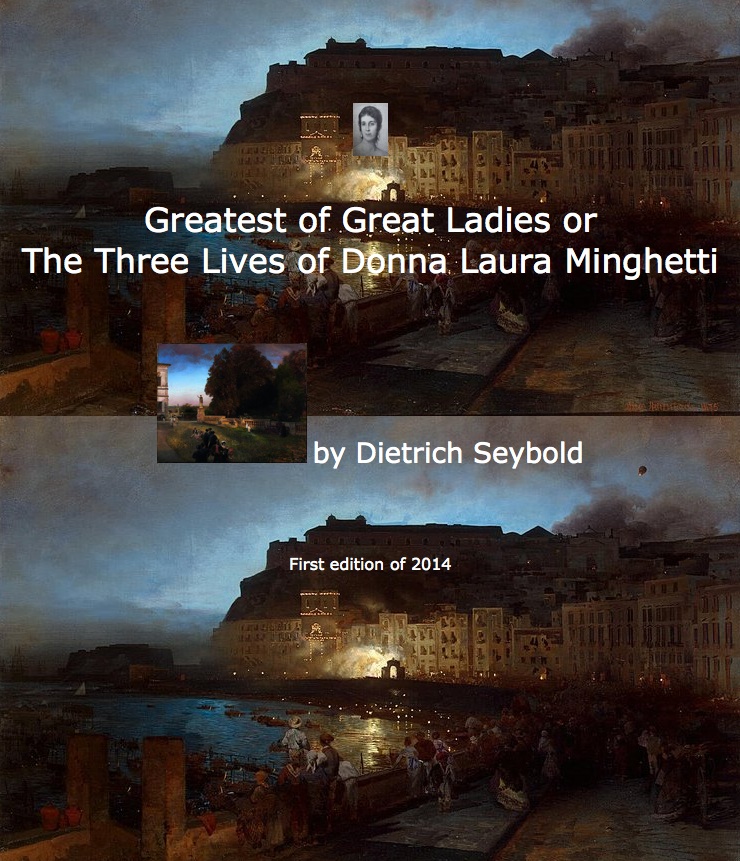
........................................................
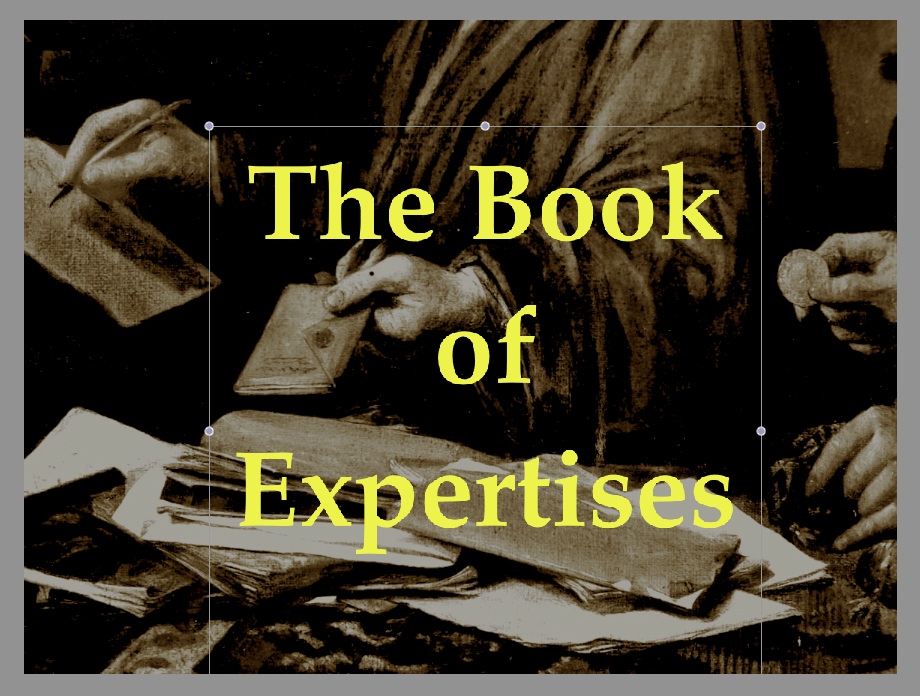
........................................................
FORTHCOMING:
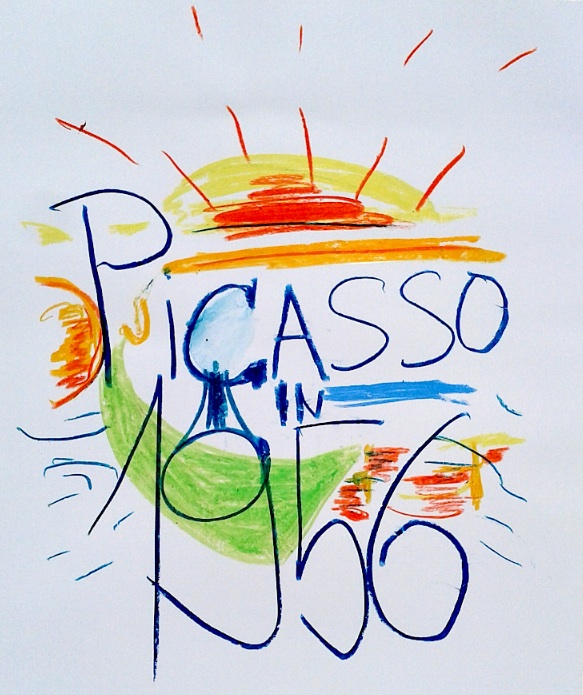
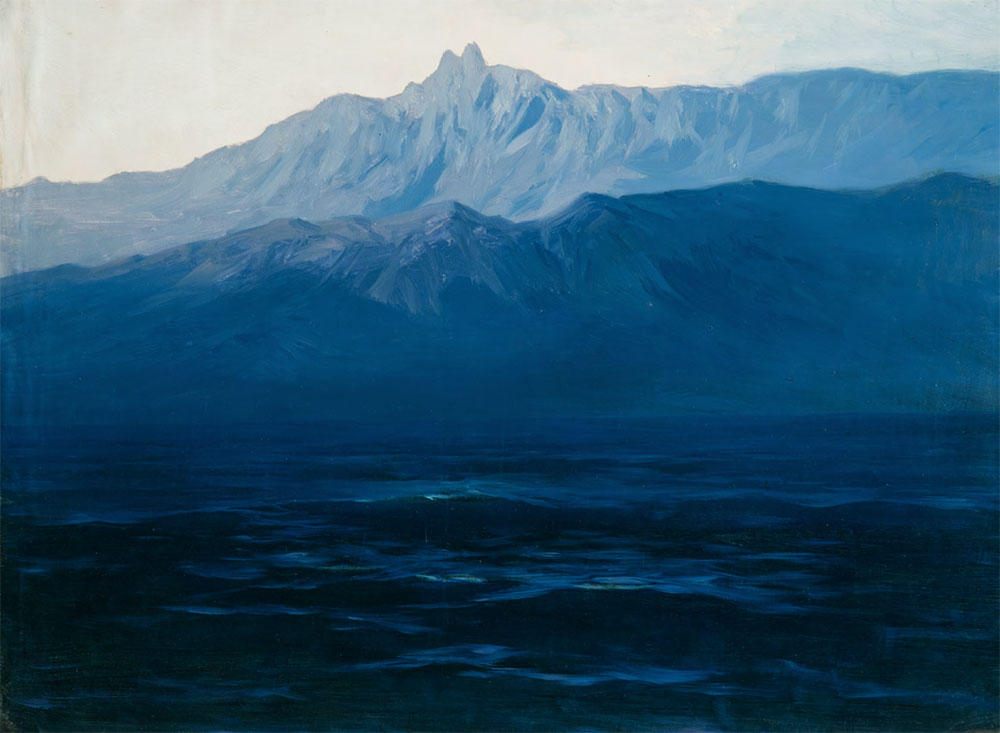
***
3) VARIA

........................................................

........................................................
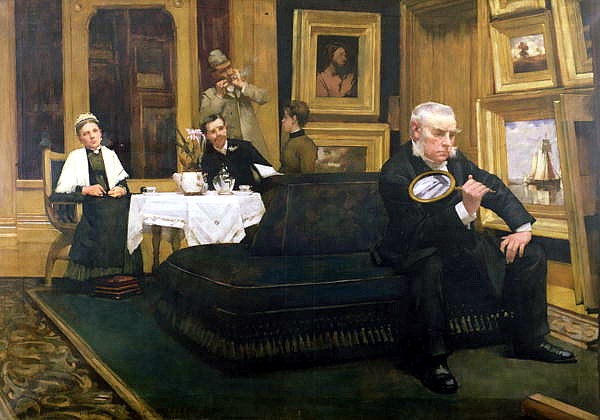
........................................................

........................................................
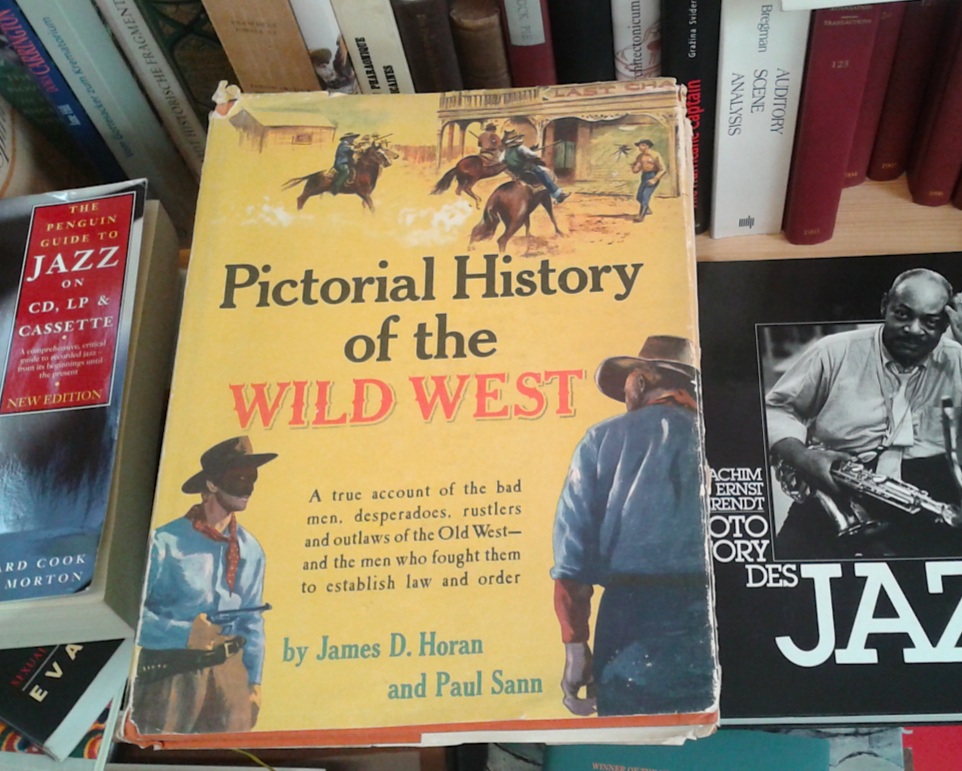
........................................................
***
THE GIOVANNI MORELLI MONOGRAPH

- The Giovanni Morelli Monograph
........................................................
MICROSTORY OF ART
ONLINE JOURNAL FOR ART, CONNOISSEURSHIP AND CULTURAL JOURNALISM
HOME
MICROSTORY OF ART
MICROSTORY OF ART 
ONLINE JOURNAL FOR ART, CONNOISSEURSHIP AND CULTURAL JOURNALISM

Dedicated to Siegfried Kracauer
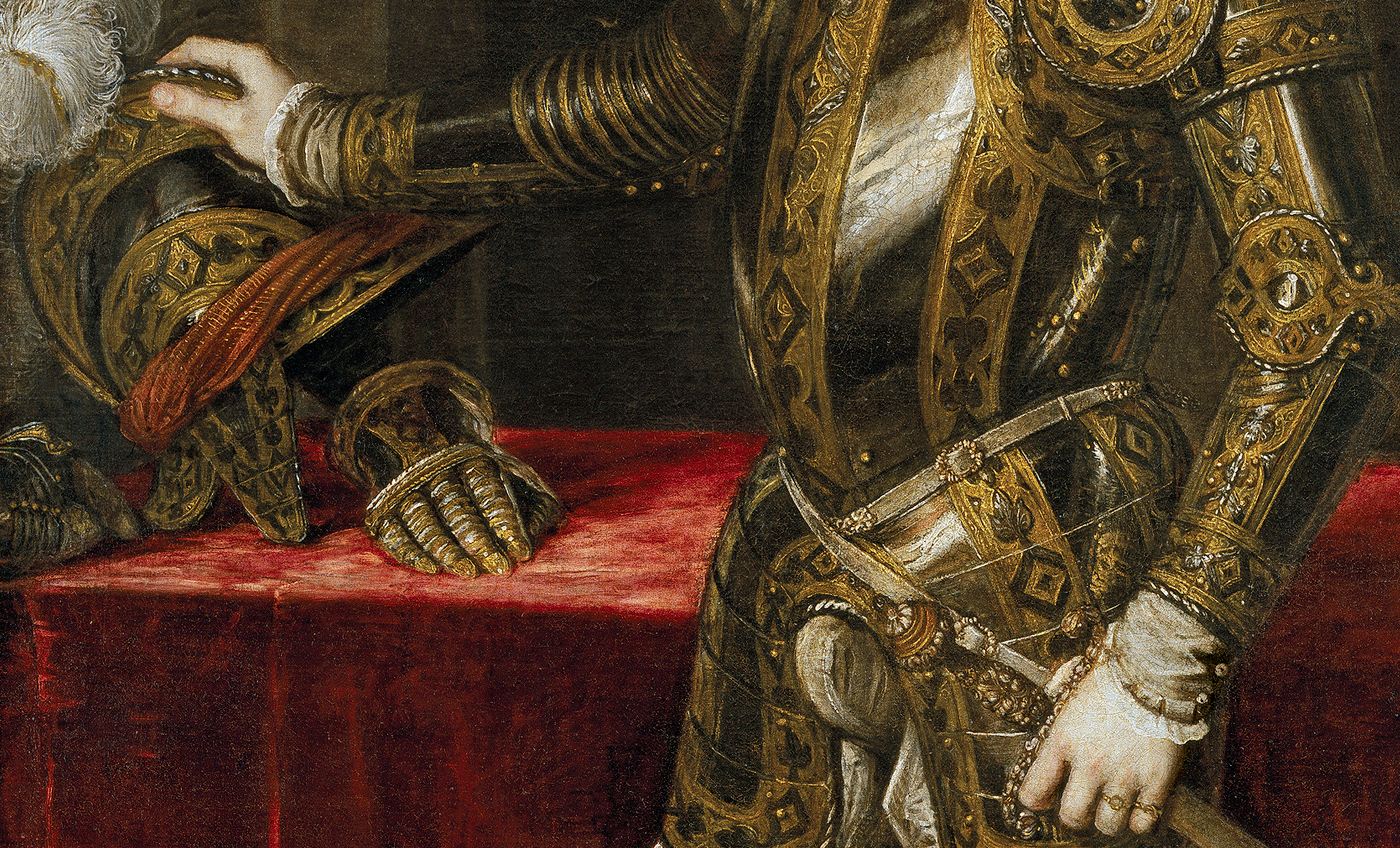
A journal that calls itself »Microstory of Art« should know what Microhistory is all about. But where to turn to? I believe it is due less to re-read the classics of Microhistory than to turn back to one of its intellectual godfathers: the German-born journalist, writer and film historian Siegfried Kracauer (http://en.wikipedia.org/wiki/Siegfried_Kracauer) who, in his posthumously published History: The Last Things Before the Last (1969), thought about the differences of ›Macro-‹ and ›Microhistory‹. And Kracauer teaches exactly what we are interested in. Or better: He reminds us of something, namely of some virtues that might be associated with either concept, with either basic approach, but, not to forget, he also reminds us of some vices. And, since there is also a history of the very concept of Microhistory, this compass has to be adjusted – now, and for our time and needs.
Some Minor Thoughts on Microhistory
Might Herodotus have thought, Herodotus, the Greek historian (http://en.wikipedia.org/wiki/Herodotus), that the devil is in the detail?
One might think that this is simply a trick question, because the very concept of ›devil‹ at Herodotus’ times, was somehow in the making or did, in some traditions, already exist, but not necessarily in the mind of a Greek historian; nevertheless, in his ›excursions‹ that are also famous for many, many digressions, Herodotus has one of his protagonists (Solon) make a rough estimate of how many single days a whole man’s life does actually comprise, to conclude also that one’s destiny is different on every single day.
In other words, and this is the tricky question for any historian: is it possible at all to think the whole, to know of the whole, to represent the whole? Be it a man’s life, a country’s history, or simply the history of the whole world?
Or wouldn’t it be better for any historian to focus just on one particular day in history, on one particular region, city, or better: village?
But: Another historian might come to claim that what has happened on one particular day might also be of importance as to the whole, with the result to undermine the other historian’s (partly unfounded) representation of the whole.
*
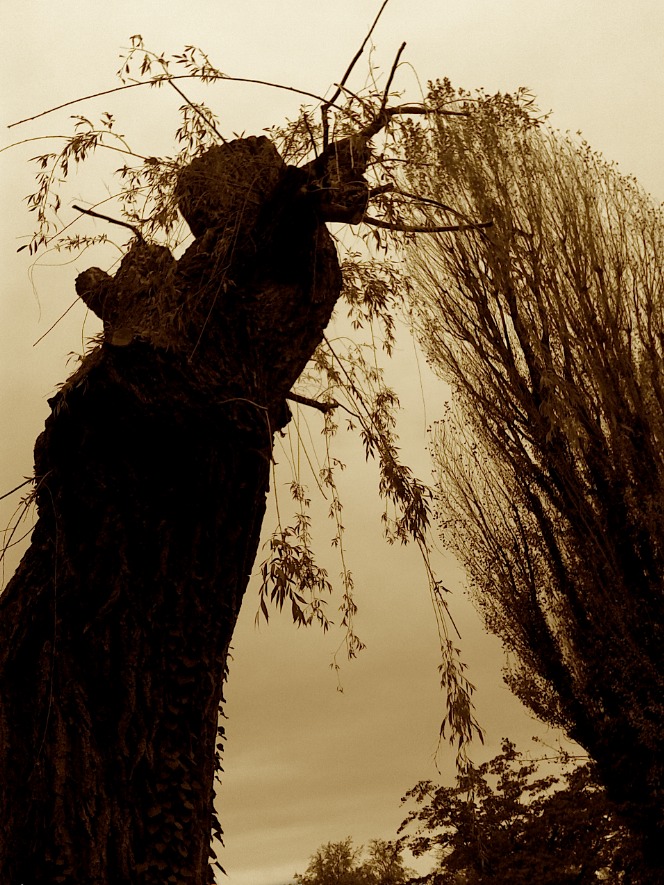
Studying the single leaf, clusters of branches, or the whole of a tree
(and what if there are two)? (picture: DS)
The opposition between the wide-angle and the close-up, between Macrohistory and Microhistory, might be seen, at the beginning of the 21st century, as a typical 20th century opposition and controversy. But the problem, as we have seen, is certainly much older (and there might be little new under the sun). Maybe it is only the use of cinematic terminology that is typical for the 20th century, and now that film is everywhere (embedded also into very textual landscapes) one might ask in what way our thinking of how to write history will be affected by this fact.
In looking back, in taking a wide angle, at any rate it seems that new ways of how to represent things have always affected the ways of how to represent history. And in looking back, it seems that every age does simply adjust the relation between the close-up and the wide-angle according to its needs, preferences and ideologies. Which is one more reason to openly think about that relation and, equally important, to lay open what our needs and preferences are, and if possible, how ideology could be avoided.
*
The detail (as the nuance) seems to enjoy rather some popularity in our days. It seems to be associated rather with diligence, accuracy, attentiveness, love and passion (and less, or less at first sight, also with obsession, pedantry and so forth). Maybe it is because the detail, the fragment and the nuance seem to be closer to human scale in general, and since life is short we are also in need of shortcuts. But the one factor that made Microstory especially popular in the 1980s and 1990s was probably that it smelled of people instead of mere statistics. That it was about the simple man or woman being interrogated by the inquisition, and some interrogation protocols did even comprise informations as to the occasional blushing of the interrogated everyman or -woman. This very detail says it all: although history might be a very distant mirror, it’s still a mirror, and we can easily relate to this very blushing as some kind of experience not unknown to us. And this kind of Microhistory ressembles much actual literary writing.
*

Siegfried Kracauer (picture: zeit.de)
However someone preferring a wider angle, someone interested less in getting to know the everyman and -woman in their simple, but at times also rebellious ways, that someone might think that such details may be colorful but tell little or nothing as to the actual driving forces of history: antagonism of classes, social groups, ambitions of individuals, competition, ideologies of collectives, structural effects and so forth. And the focussing on details, let us tell it right away (but probably Herodotus knew already), is associated also with subversiveness. The detail, in some way, may sometimes equall a cheeky spoken aside. But depending on the situation this historian’s subversiveness might be regarded as a virtue, or as something rather unwelcome (especially if thinking of ideologies and its watchmen).
In brief, we may shift our attention from the detail being associated with virtues such as diligence, towards details being apt to vitalize any intellectual debate. The human scale is being brought in, but the major narratives are also questioned by cheeky spoken asides. That mention details that fit not into the master narratives. And thus the detail, the one clue, the one exception maybe as well, does challenge master narratives that are not expecting to hear cheeky spoken asides that suddenly become ambitious to develop own (master) narratives. But nothing new under the sun: histories are challenged by counterhistories, coming from anywhere. And maybe counterhistory does come also from the Microhistorian’s workshop.
In the 20th century Microhistory has been in fact to some degree subversive, at least at a time or at places where Marxism and Social History were still predominant and little challenged narratives. And it might have seemed to some that the blushing of the simple man or woman, being interrogated by the inquisition, remained rather anecdotal, yet told something of the rebellious spirit of the everyman or -woman, but was of little use within the framework of a matter-of-fact Marxist analysis. Statistics, prices of bread and so forth, were of major importance. And class antagonism had not necessarily to do with blushing, even if structure informed and obsesssed historians might have conceded that Microhistorians did the better writing.
*

Tolstoy is being discussed by Kracauer
as being one godfather of Microhistory
(picture: boomerangbooks.com)

Personally I have never understood why the style of writing of
French novelist Gustave Flaubert does strike some readers as being
›cold‹. The being obsessed with detail that is so characteristic for this writer
does strike me personally, on the contrary, as being an expression of his
compassion that he has for his characters, and his major novels, to me,
seem to be embodiments of the very virtues to be associated with
Microhistory, diligence and attentiveness above all, and thus Gustave Flaubert
should be seen also, next to Tolstoy, as being one of the major godfather of
Microhistory.
The case is more complicated, however, with his one novel Salammbô
(http://en.wikipedia.org/wiki/Salammb%C3%B4). Because here
(picture: flaubert.univ-rouen.fr) Flaubert aims at the highest possible
degree of historical accuracy when writing a historical novel,
but at the same time this obsession for the historically accurate detail
serves him also as some kind of excuse to create a vision of wild exoticism
and violence, serving his needs and also the needs of 19th century French culture.
In other words: the detail, here, seems also to legitimize a rather ambiguous vision
of the other in every possible way, meant to arouse mainly fear and pleasure,
needs that also leave an imprint on the very representation of history in shape of a
historical novel, an imprint as does leave the will for historical accuracy.
Let us conclude that both sides, for the historian, bear risks: on the one hand to find oneself immersed in insignificant details, and on the other hand to loose touch with actual human experience in its full and often contradicting complexity. And despite some controversy one might take note that a good historian needs to be informed on a level of detail as much as possible, but also needs some analytical skills to provide at least a framework that has the one detail be a significant clue, while the other might be sorted out as just one more redundant information. Little surprising: Siegfried Kracauer, the one writer who did think extensively about the two basic approaches in the 1960s, opted for a middle course (the Burckhardtian ideal, maybe), but keen to sharpen the Microstory of Art Online Journal’s intellectual profile, we should not opt for a middle way right now. What we have developed here is a brand that aims to adapt the tradition of Microhistory to the benefit of critical and essayistic writing on art and connoisseurship, and we should stay aware of the virtues that are to be associated with Microhistory, including the at times subversive bringing in of details that are apt to challenge master narratives. And we might try this out right now, with shading some light on a certain master narrative in art history that has yet appear the Italian connoisseur Giovanni Morelli as a major figure (also of Microhistory), nevertheless this master narrative that has Morelli appear as one positivistic connoisseur who did care for nothing else except for isolated formal details, for isolated details being nothing else that clues to back up or to challenge the attribution of a picture, this very master narrative is nothing but a cliché. Which is why we should like to challenge it now with some cheeky spoken asides.
*

(Picture: museodelprado.es)
Art connoisseur Giovanni Morelli who attentively did witness the history of photography in the 19th century had also a more hidden passion, namely the theatre, and until he was forty, which is: more than half of his life, he actually did cherish the one dream of becoming a playwright himself. Since Morelli died in 1891 he did not witness the birth of film, but what follows here could also be named another reflection on the close-up (all details from Titian’s works: Google Art Project/Wikipedia).
Morelli, when visiting the Prado, had been thrilled by Titian’s portraits of Charles V on horseback, and of Philip II in armour. He could not really decide which one he preferred, and if he seemed to be more impressed by the portrait of Charles V at first, in his very last years he showed inclined to prefer the portrait of Philip II. And here we see Morelli pointing at a ruler’s hands.
However: I we would now expect Morelli to speak about the hand as being a formal identifier for the painter’s hand, one would be utterly mistaken. This is about a ruler’s character and biography that Morelli sees here, a ruler’s full biography revealed by detail, revealed by a ruler’s hands.


(Picture: museodelprado.es)
»Die aristokratisch feinen Hände allein sind eine ganze Biographie; die belebte Zeichnung der Beine, der glänzende Harnisch, dabei das bleiche, schweigsame Antlitz mit dem düstern stummen Blicke, wahrlich ein Wunderwerk der Kunst! Bilder Tizian’s, wie jene Philipp’s II. und Karl’s V. in Madrid, sind Shakespeare’sche Darstellungen. Sie ergreifen unsere Phantasie mit solcher Gewalt, dass man alles übrige dabei vergisst. Sie geben nicht blos den dargestellten Menschen, sie geben auch seine ganze Umgebung, die moralische Atmosphäre, in der er lebte, kurz seine ganze Zeit.« (Morelli 1890, p. 408)
(Constance Jocelyn Ffoulkes translated, partly very accurately and partly rather freely, for the 1892 English edition:)
»[…]; the refined hands alone seem to tell the whole history of the man. The pale taciturn face, the gloomy reticent expression, the magnificent armour, the life-like drawing of the lower limbs, the whole picture, in a word, is a very triumph of art. Such portraits as these of Charles V. and Philip II., like Shakespeare’s dramas, completely enthral our imagination, and render us forgetful of all else. For it is not the individual alone which they depict; they bring before us an epoch of history — the whole moral atmosphere of his age.« (Morelli 1892, p. 310f.)
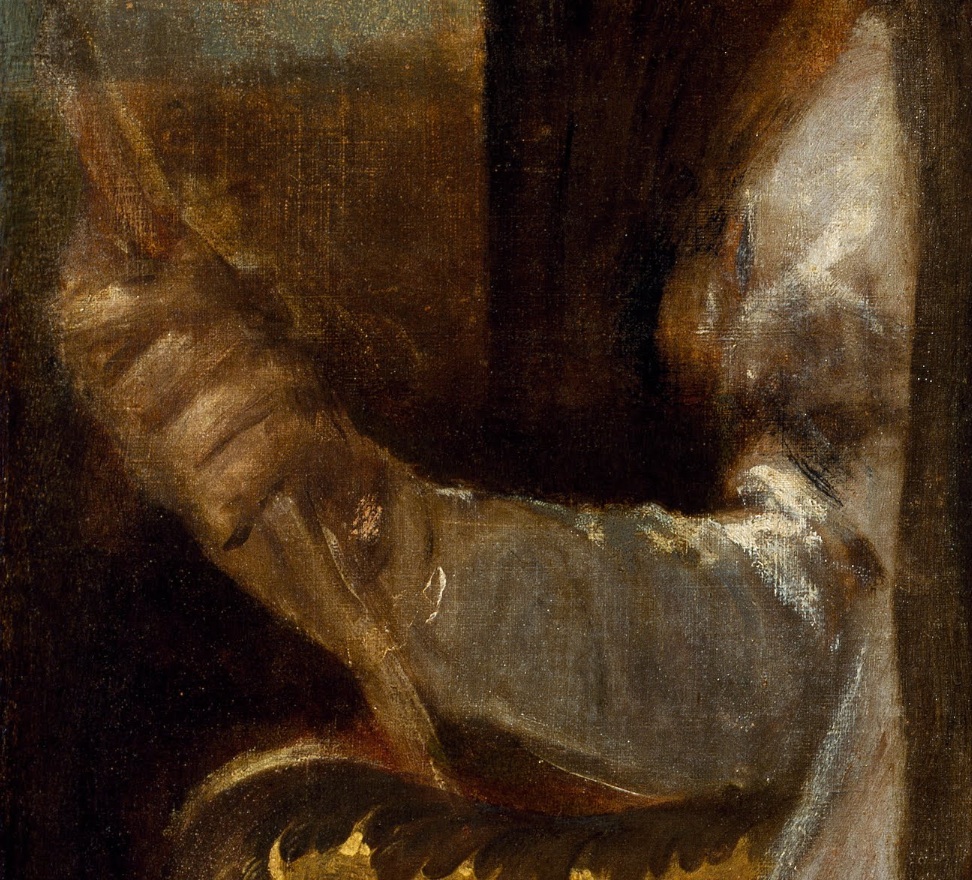
The ruler’s hand –
detail of another portrait of Philip II by Titian
One might also say that Morelli rhetorically projects the ruler’s character and biography of which he is aware of into the staging of a ruler and especially into the depiction of hands, because it would be absurd to understand him speaking literally here in his very first sentence. But it is about the famous truth that, in some cases, truth might be found in the significant detail: a ruler’s naked hands, naked and neither armoured nor hidden in the also shown splendour glove. And given that the 19th century had Friedrich Schiller’s tragedy Don Carlos and also an opera by Verdi, based on Schiller’s play, one could say that Morelli reflects here upon a portrait by Titian that he ›reads‹ or better: interprets against the background of his knowledge. The detail might be isolated from the rest of the picture, but the detail certainly does not stand for itself. And of course: no picture, no detail ever did interpret itself – all by itself.
*
The very passage quoted here can be seen, on its part, as being a detail or fragment. And this passage, taken from Morelli’s book, does not interpret itself on its own neither. We have to know about Morelli’s passion for the theatre, we should know also of his own political experiences, to understand who is actually speaking here. And we may do then, but only then, what we have announced above, namely to challenge also the master narrative as to Morelli being a merely positivistic connoisseur who had actually little sense for artistic quality, and in the end little sense for art as such. And this is what we do here (claiming that this very master narrative does know nothing at all as to Morelli as a person, and as to this person’s biography), and not the least to illustrate what Microhistory, and what the online journal Microstory of Art is all about.
*
Finally: If history is made also by the great men, this does, as can be seen here, not necessarily mean that depictions of the mighty are only about their role as great man making history. The truth that Morelli apparently finds here in a portrait and especially in a ruler’s hand, thus also, but not only in the detail, is rather what is called histoire totale (and the same, one might add, applies to the genre of written historical biography: a ruler’s portrait can be rendered as if it was the mere form to narrate the history of a ruler’s times).
»Der liebe Gott steckt im Detail«. A Supplement
The history of the proverbial »Der liebe Gott steckt im Detail« (›Le bon dieu niche dans le détail‹; ›God is in the details‹ (or ›detail‹) remains yet to be written. At the moment »Der liebe Gott steckt im Detail« remains with some right attributed to Aby Warburg (http://en.wikipedia.org/wiki/Aby_Warburg), who seems to have used the sentence as a motto in 1925 (or in 1925/26). The attribution to Flaubert, however, is questionable. It seems that Ernst Gombrich had found a link to the French writer but could not establish the link by giving an actual source, especially when repeatedly being asked for giving it. Panofsky, in 1955, when also suggesting that link, might have relied on Gombrich (and Carlo Ginzburg, in his famous essay Clues, probably relied on both, while quotation dictionaries, also available on the web, still give the saying to Flaubert today, however and again, without giving a source).
The 1992 edition of the Warburg biography by Gombrich suggest by the way – and this remains all too often unsaid – to think about Adolf Bastian (http://en.wikipedia.org/wiki/Adolf_Bastian) as a possible influence on Warburg when using this (maybe already) proverbial saying (see p. 379 of the German edition of 1992, along with p. 307 and note 7 on page 28).
I would suggest that, taking a wider view, the saying might have originated in scholarly circles, also being aware of pantheistic views (like, by the way, apparently also held by Flaubert) or, and maybe more important: views of the German mystics like Meister Eckhard or Johannes Tauler, who can be quoted for saying that ›God is in all things‹. The adaption by Warburg, thus, could be interpreted as a rather secular and connoisseurial adaption. And the link to Flaubert, naturally, can be established symbolically, even if Flaubert never said that ›God was in the details‹, due to the novelist’s wonderful and fruitful obsession for le détail saillant.
In general one might say that what was expressed by Warburg could be expressed probably differently already much earlier than 1925. And the same applies, as said above, for the proverbial ›the devil is in the detail‹ (in the latter case the genealogy of the proverb might also lead back especially into the history of the printing press).
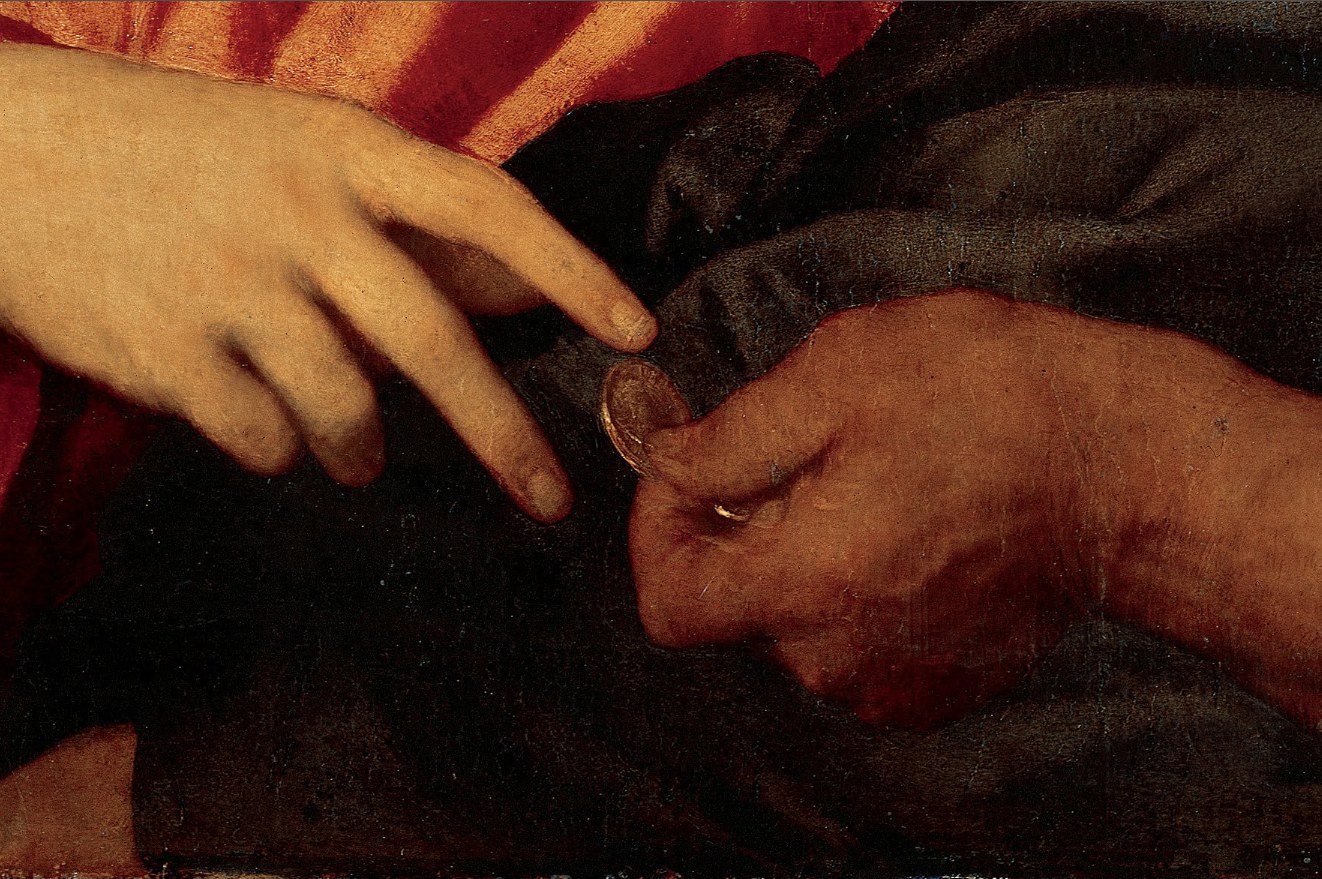
And another famous detail, apt to illustrate that Titian showed hands as characters like being actors in a play
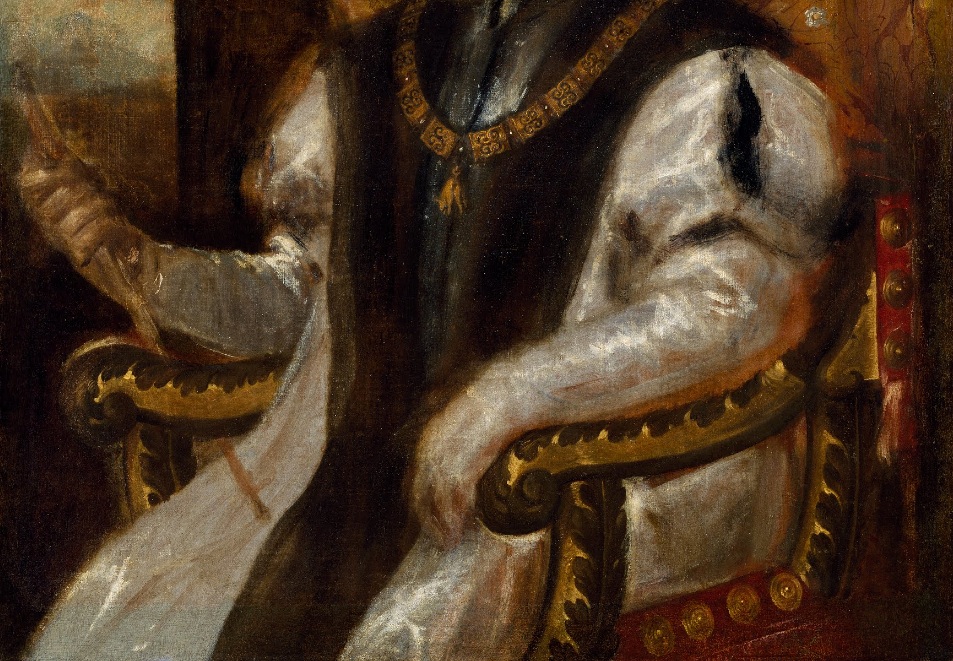
MICROSTORY OF ART
ONLINE JOURNAL FOR ART, CONNOISSEURSHIP AND CULTURAL JOURNALISM
HOME
© DS